Does having more muscular legs top your dream list? If you add Bulgarian split squats to your regimen, the results might be incredible; sweat work is necessary!
The Bulgarian split squat, a single-leg squat, will benefit your lower body. This exercise works many of the same muscles as a regular squat, but with a focus on the quadriceps.
It involves putting one leg behind you and elevating off the ground. However, they're not the simplest to approach, but they have excellent rewards. Getting the arrangement right is essential;
You'll be surprised at the impact that even the slightest change can have. So, without any further ado,. Let's explore together how to toast your quads and build your butt with the Bulgarian Split Squat.
Why is the Bulgarian Split Squat So Important?
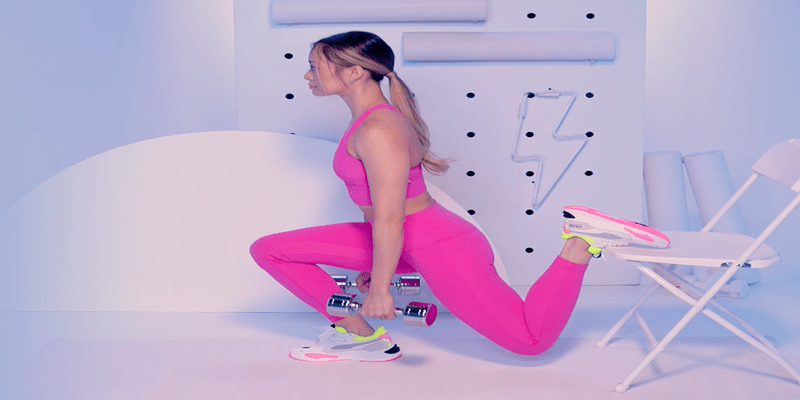
The Bulgarian split squat has many advantages:
- It tones the leg muscles, such as the quads, hamstrings, glutes, and calves, as a lower body workout.
- Additionally, because it's a single-leg exercise, your core has to work extra hard to keep you balanced.
- But it doesn't end here; this method uses many of the same muscles as a standard squat, and some people find it more enjoyable.
- It eliminates the lower back from the equation and focuses more on the legs than a regular squat, which places significant stress on the lower back and may lead to injury.
- This technique is a beautiful option for you if you have back difficulties or don't, but don't forget that consistency is the key.
Are There Different Kinds of Bulgarian Split Squats?
A Bulgarian split squat has two variations:
- A quad-dominant version
- A glute-dominant one
The way your feet are placed dictates this. Your glutes and hamstrings will be worked more when your foot is far from the higher surface; your quads will be worked more when it is closer to the elevated surface.
Both forms have advantages! Ultimately, everything boils down to personal preference and what seems more natural, given your range of motion and flexibility. You can decide which option is ideal for you by experimenting with each.
How Do You Do Bulgarian Split Squat?
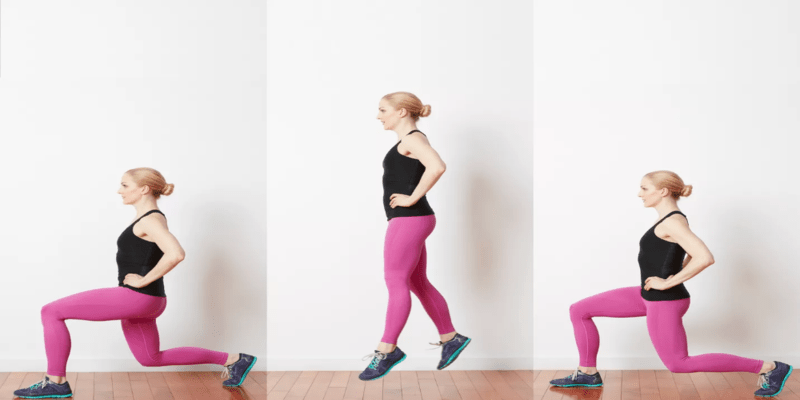
First, position yourself so that you are around two feet before a knee-level stool
Put your right foot on the bench with the top of your foot raised behind you. Make sure your right foot is far enough in front of the seat.
In this way, you can lunge quickly, move your feet around, and then take your time to find the perfect spot. Your feet should still be roughly shoulder-width apart. If it helps, keep your left knee from crossing your toes when you fall.
Lean slightly forward at the waist, then flex your core and pull your shoulders back. Then, start lowering your left leg and bending its knee. If you're doing a Bulgarian split squat for quads, stop before your knee touches your toes.
When performing a Bulgarian split squat with your glutes dominant, stop when your left thigh is parallel to the floor. Use your strength in your hamstrings and quadriceps to propel yourself into your left foot and stand back up.
After completing the required repetitions on this leg, swap and place your left foot on the bench.
If you've never done Bulgarian split squats before, start with two sets of six to eight repetitions on each leg until you build strength and become used to the exercise.
Once you can efficiently perform three sets of twelve repetitions on each leg, add some extra resistance by holding a small dumbbell in each hand.
How Can You Add Bulgarian Split Squats to Your Routine?
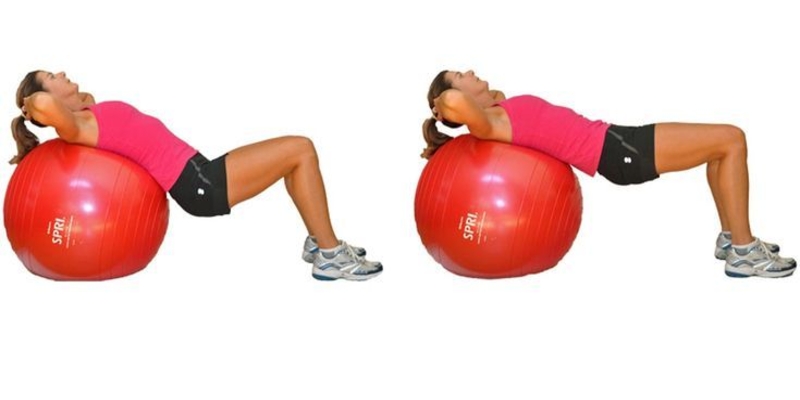
To strengthen your legs and add variety to your full-body workout, add this exercise to your regimen on a day dedicated to working your lower body.
Try to combine them with three to five more strength exercises. You'll quickly get more muscular legs and a stronger core.
Like any strength training, ensure you've warmed up with five to ten minutes of low- to medium-intensity aerobics, dynamic stretching, or foam rolling in between.
What Are The Most Common Mistakes To Be Careful Of?
Although it's less challenging to learn than a standard squat, there are a few things to watch out for when performing a Bulgarian split squat.
You Are Not in a Comfortable Position With Your Front Leg
You'll be bouncing around to find the sweet spot if your front foot isn't positioned appropriately.
Remember that you don't want your foot to be too far out from the bench or too close so that it falls over your toes.
Mark the floor with a dumbbell or small plate once you've selected the ideal location to use it as a guide for upcoming sets.
Your Body is Not Bent
While keeping the chest up is a frequent cue for strength exercises, you want your body to be slightly leaned forward for this particular manoeuvre.
If you remain fully upright, you will limit your range of motion and force your knee to come out before achieving the ideal depth. If you see this happening, try again by bending your waist until your torso forms a 30-degree angle.
Which Variations Are You Able to Try?
Barbell
Use a barbell to load your shoulders and traps, then perform the same exercise. Be cautious when putting your foot behind you so that the extra weight doesn't cause you to lose equilibrium.
Kettlebell or Dumbbell
Make a dumbbell bulgarian split squat for glutes, with each hand holding a dumbbell or kettlebell. Though your grip strength will be your only option, this weighted variation will be simpler to perform than the barbell variety.
Smith apparatus
The Bulgarian split squat glute-smith machine, commonly known as an assisted squat machine, will enable you to test your strength in a Bulgarian split squat safely. Set the rod at shoulder height, crawl under it to release the hook, and finish the exercise.
Exercise Ball
A gym ball, a yoga ball, or a workout ball can add instability to your Bulgarian split squats, adding another difficulty level.
Instead of using a bench, use the ball; you'll have to use more effort to maintain your balance and stabilize yourself while you squat.
Band of Resistance
With your elbows bent and the grips up at your shoulders, place a resistance band beneath your front foot. Keeping your grip on the handles of the resistance band, squat down.
Conclusion
Bulgarian split squats are a great way to strengthen your core and legs. Additionally, this exercise may be better for strengthening your lower body than a regular squat because it requires less strain on the lower back. Once you get the form down, you can add strength. So, when are you going to toast your quads and build your butt with the Bulgarian Split Squat.

What You Should Know About Idiopathic Pulmonary Fibrosis (IPF)
Dec 21, 2023
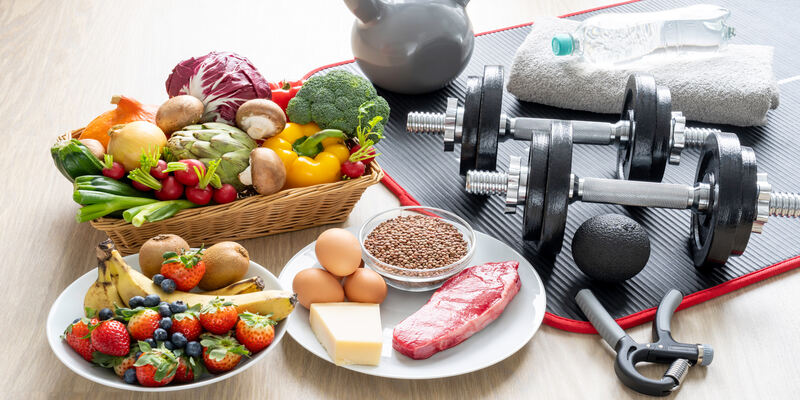
An In-depth Exploration of Your Weight Training Journey
Mar 05, 2024

Bridging the Gap Between Treatment and Recovery: Effective Strategies for Transition
Sep 04, 2024

What You Need To Know to Get Started on the Flexitarian Diet
Feb 22, 2024

What is Blue Light
Jan 09, 2024
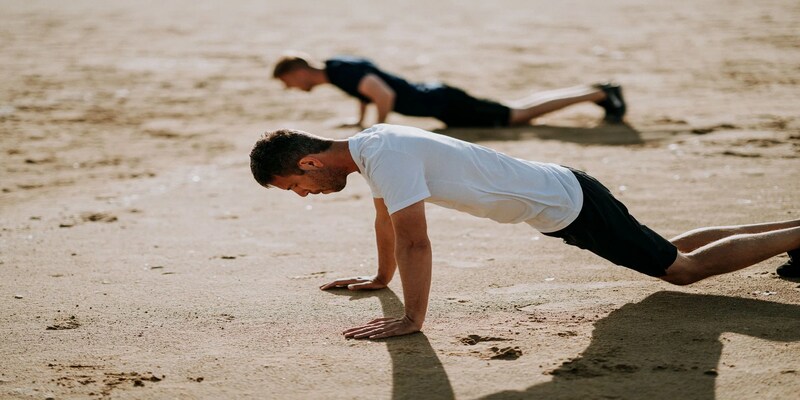
A Comprehensive Guide On How To Do Superman Core Exercise
Mar 05, 2024

What is Vitamin B12
Nov 18, 2023

Signs of Fibroids Breaking Down
Feb 25, 2024



